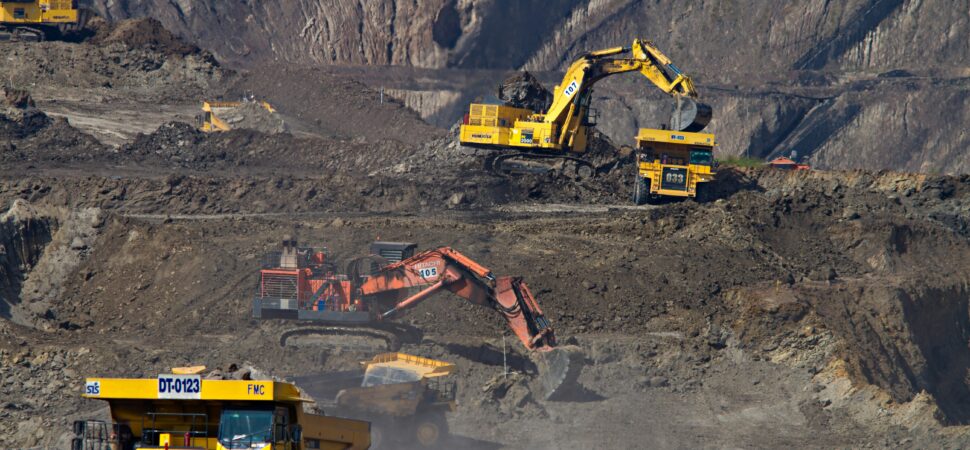In the mining industry, where operational complexity and high costs dominate, efficiency and sustainability are essential. Lean Six Sigma (LSS), a powerful methodology combining Lean’s waste reduction principles with Six Sigma’s precision in quality and variation control, is revolutionizing mining operations worldwide.
Challenges in Mining Operations
Mining companies face several operational challenges, including:
- Equipment Downtime
Unplanned maintenance and inefficient equipment usage lead to costly production delays. - High Operational Costs
Energy inefficiency, material waste, and labor issues often result in budget overruns. - Safety Concerns
Hazardous work environments require stringent safety measures to minimize risks. - Inconsistent Output Quality
Fluctuations in product quality make it difficult to meet customer demands consistently.
These challenges necessitate a structured problem-solving framework, and Lean Six Sigma offers exactly that.
Core Lean Six Sigma Tools for Mining
- Value Stream Mapping (VSM):
A visual tool that helps teams identify inefficiencies and bottlenecks across the mining workflow. - Root Cause Analysis (RCA):
Pinpoints underlying issues causing equipment breakdowns or delays for effective resolution. - 5S Methodology:
Promotes organized, safe, and efficient workplaces in high-risk environments. - DMAIC Framework:
The Define, Measure, Analyze, Improve, and Control cycle ensures measurable and sustainable improvements.
How Lean Six Sigma Transforms Mining ?
Lean Six Sigma drives measurable improvements in mining by enabling companies to:
- Streamline Processes:
Mapping workflows helps identify and eliminate inefficiencies. - Reduce Equipment Downtime:
Targeted RCA minimizes breakdowns and enhances equipment reliability. - Enhance Safety Protocols:
Data-driven insights improve safety audits and risk assessments. - Optimize Resource Usage:
Tools like Kanban and SMED enhance scheduling and inventory management. - Improve Product Quality:
Statistical Process Control (SPC) ensures consistent output quality.
Case Study: Mining Operations Reinvented
A mining company was struggling with prolonged equipment downtimes and inconsistent product quality. Here’s how Lean Six Sigma transformed their operations:
- Define & Measure:
The team identified key issues, such as frequent conveyor belt failures and ore quality variability. - Analyze:
RCA revealed inefficiencies in maintenance protocols, while VSM highlighted bottlenecks. - Improve:
Implementing 5S for workplace organization and Total Productive Maintenance (TPM) reduced maintenance times. Six Sigma’s DMAIC approach stabilized raw material handling. - Control:
Control charts and automated systems ensured sustained improvements, with immediate alerts for deviations.
Results:
- 30% reduction in downtime
- 20% increase in production efficiency
- 15% improvement in product quality
Why Lean Six Sigma Matters in Mining
By adopting Lean Six Sigma, mining companies can:
- Boost productivity and profitability.
- Minimize environmental impact.
- Foster a culture of safety and continuous innovation.
The methodology is more than just a set of tools—it’s a strategic shift toward smarter, data-driven decision-making.
Embrace the Future of Mining
As the mining sector evolves, companies must leverage innovation and continuous improvement to stay competitive. Lean Six Sigma equips organizations with the tools to turn challenges into opportunities, ensuring long-term success for stakeholders, employees, and the environment.
Ready to transform your mining operations?
Explore how Lean Six Sigma can unlock new levels of efficiency and profitability with The Lean Six Sigma Company Africa


To improve the usability of our website we use cookies.
More Information Close